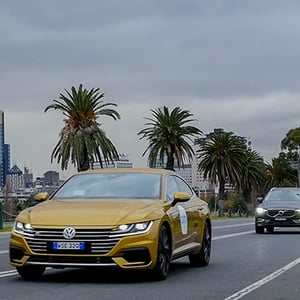That’s a key finding in a new report produced by Australia’s national transport research organisation after testing vehicles and the operation of their advanced driver assistance systems.
The Australian Road Research Board (ARRB) says the advanced safety features found in new semi-automated vehicles will potentially save lives by reducing the chance of cars running off-road, driver fatigue by taking away repetitive tasks, and rear end accidents in traffic jams.
But ARRB says the life-saving technology in these vehicles will only work to its maximum potential with proper road surfaces, signage and line markings.
ARRB, which has produced the report in collaboration with toll road owner ConnectEast for VicRoads, says well maintained roads are critical for predictability.
“Current Level 2 (semi-automated vehicle) technology has a need for high quality lane markings with good visibility in all lighting, minimising of ghost markings, sign technology considerations in respect of refresh rates and readability of LED signs as well as position,” the report says.
ARRB tested 13 vehicles and their advanced safety features over the period of a month on Victoria’s privately-owned Eastlink toll road.
Vehicles tested included Mazda, BMW, Audi, Hyundai, Volkswagen, Honda, Mercedes, Volvo, Mitsubishi, Lexus and Tesla.
The advanced safety features found in these cars will be the basis for the driverless vehicles expected on our roads soon.
You can find a link to the Summary of Findings of the report here
